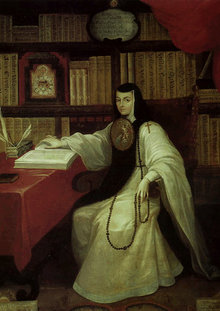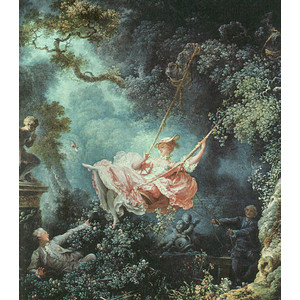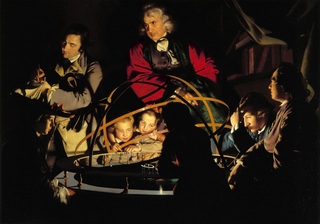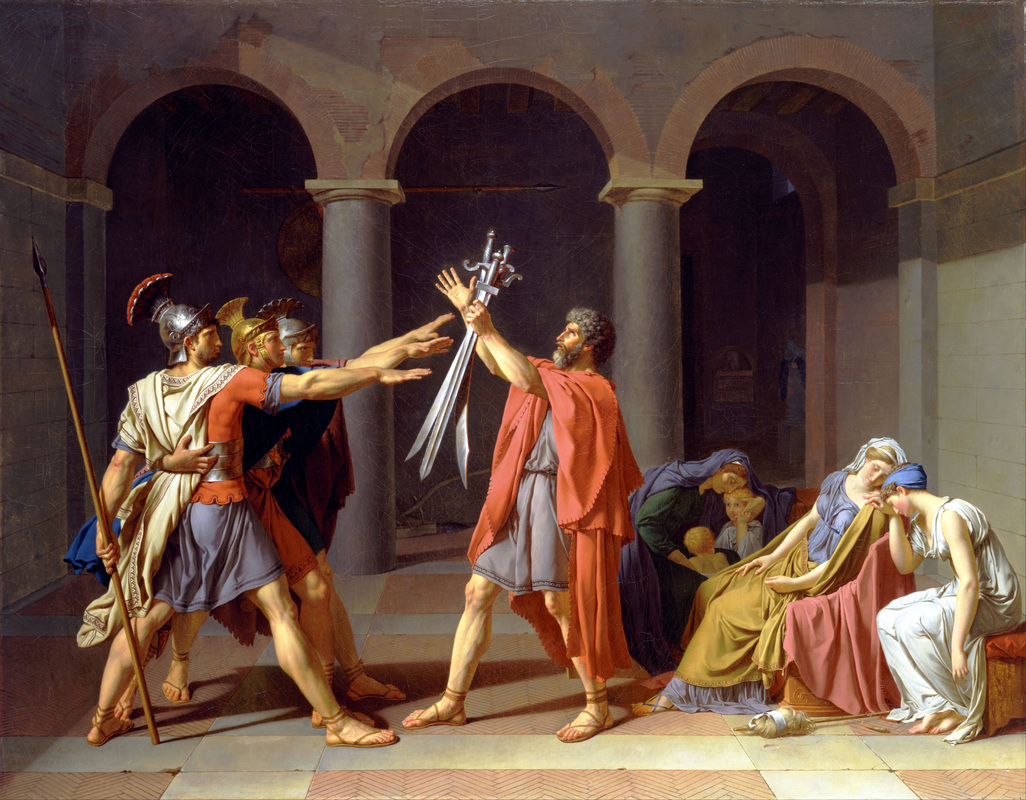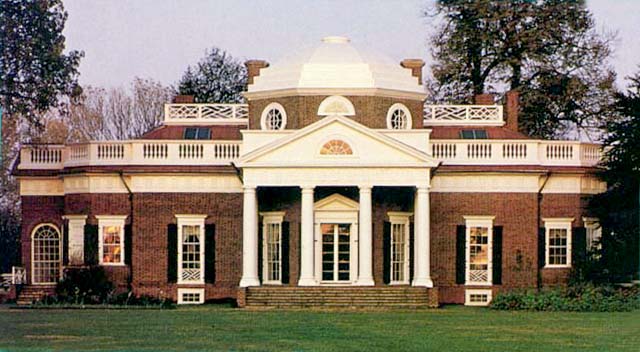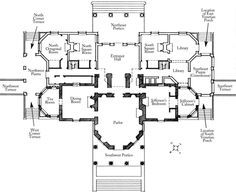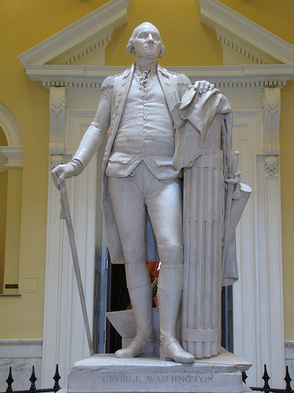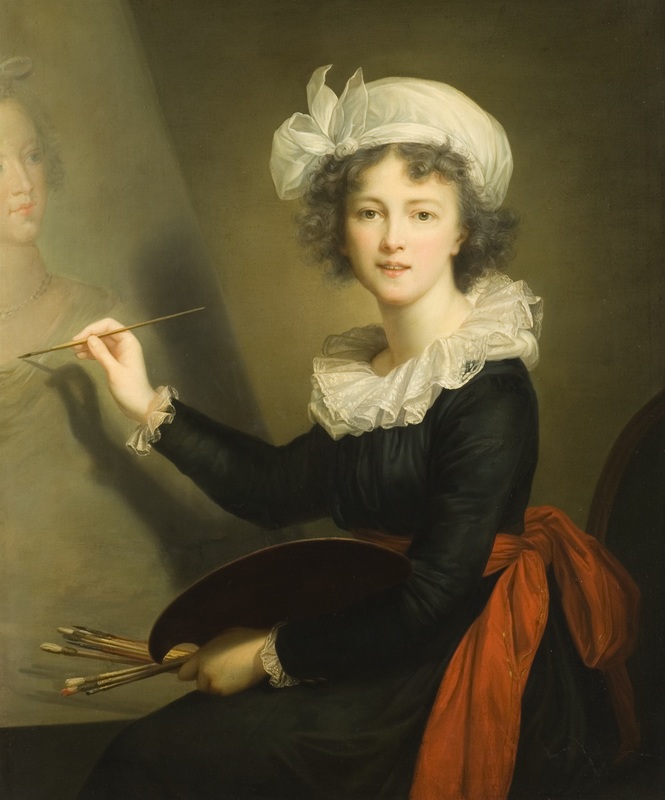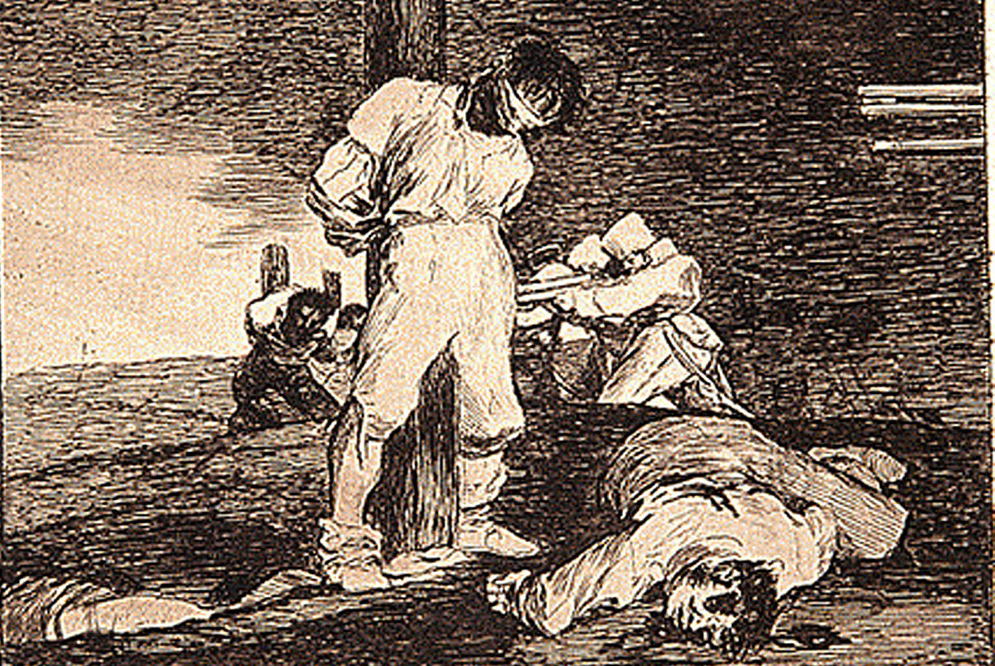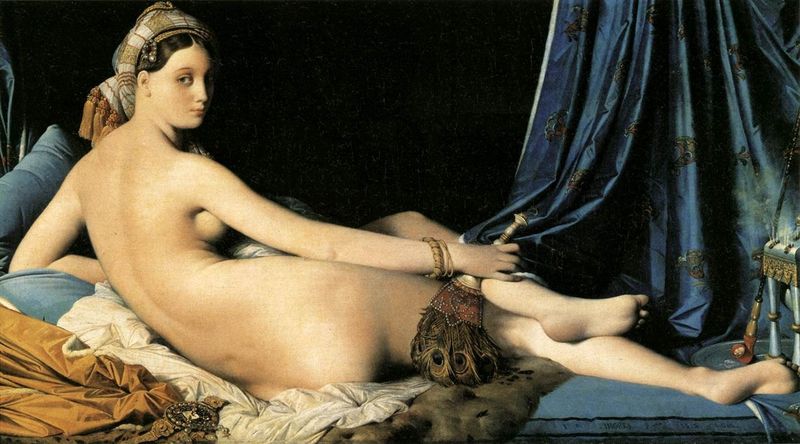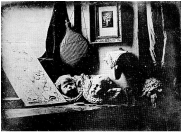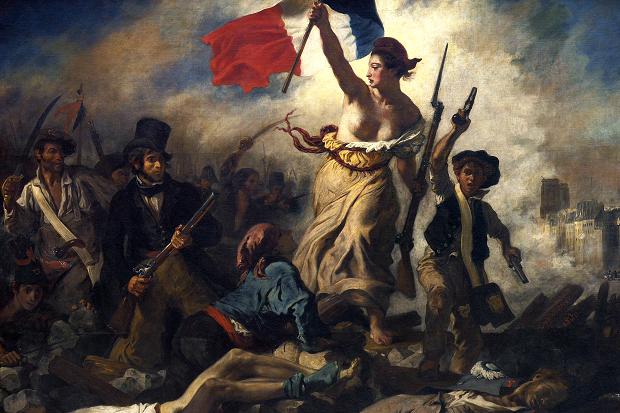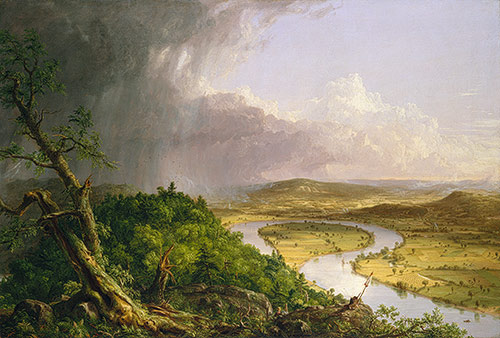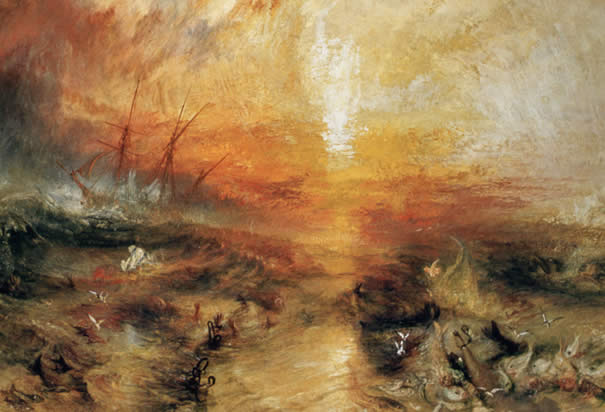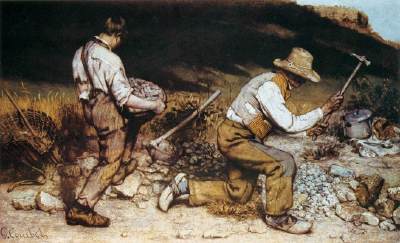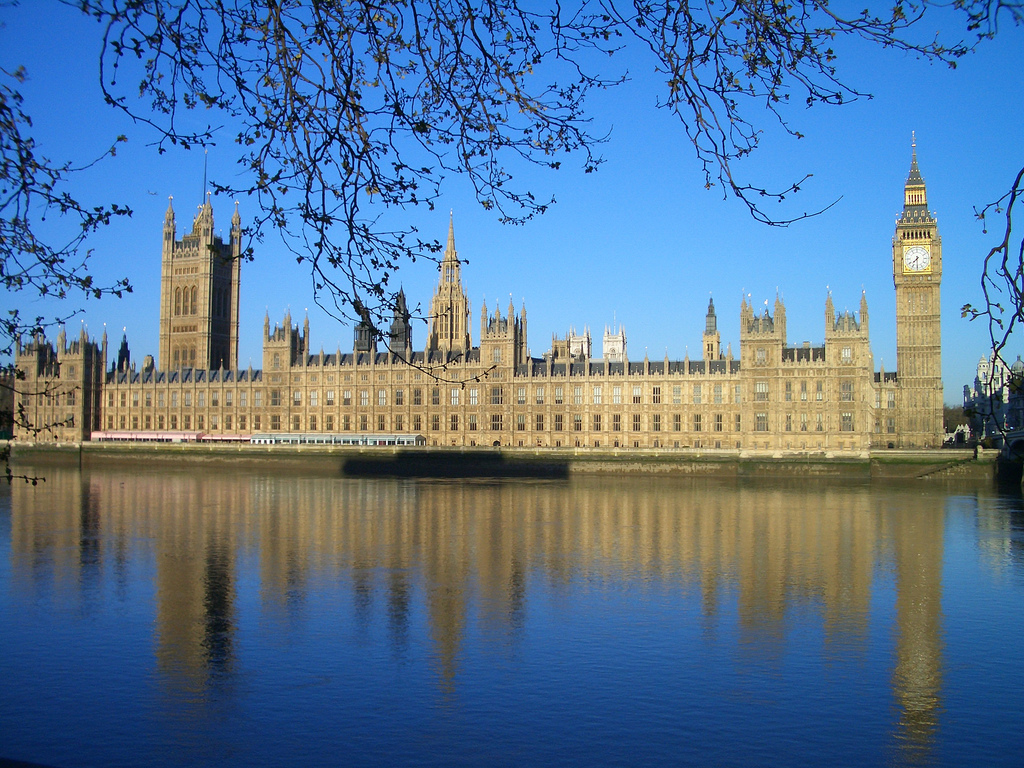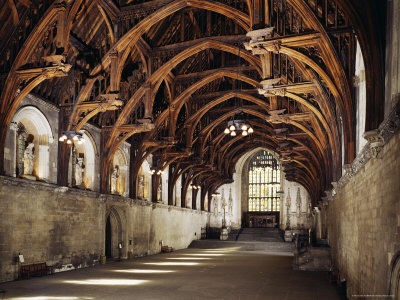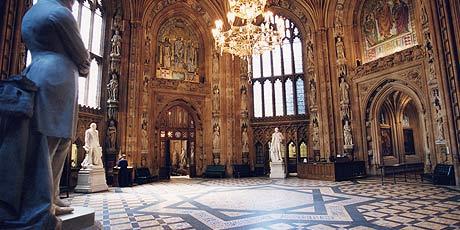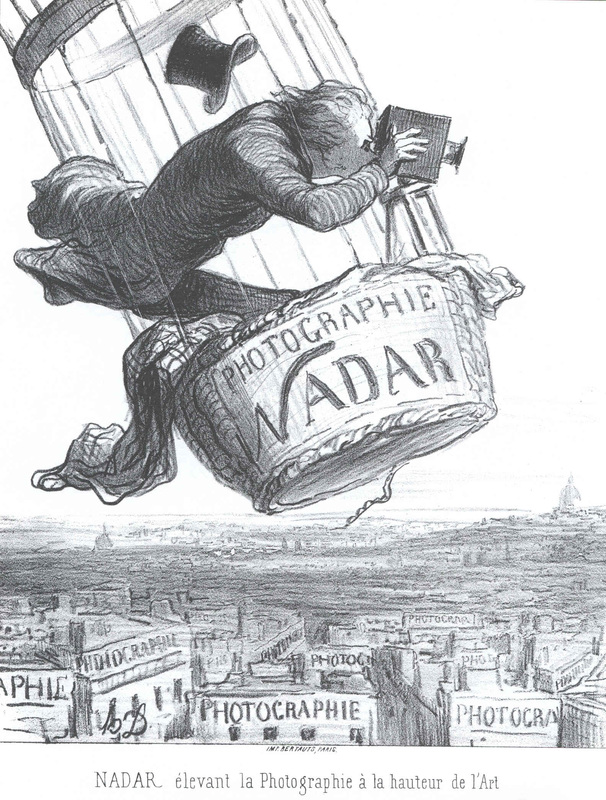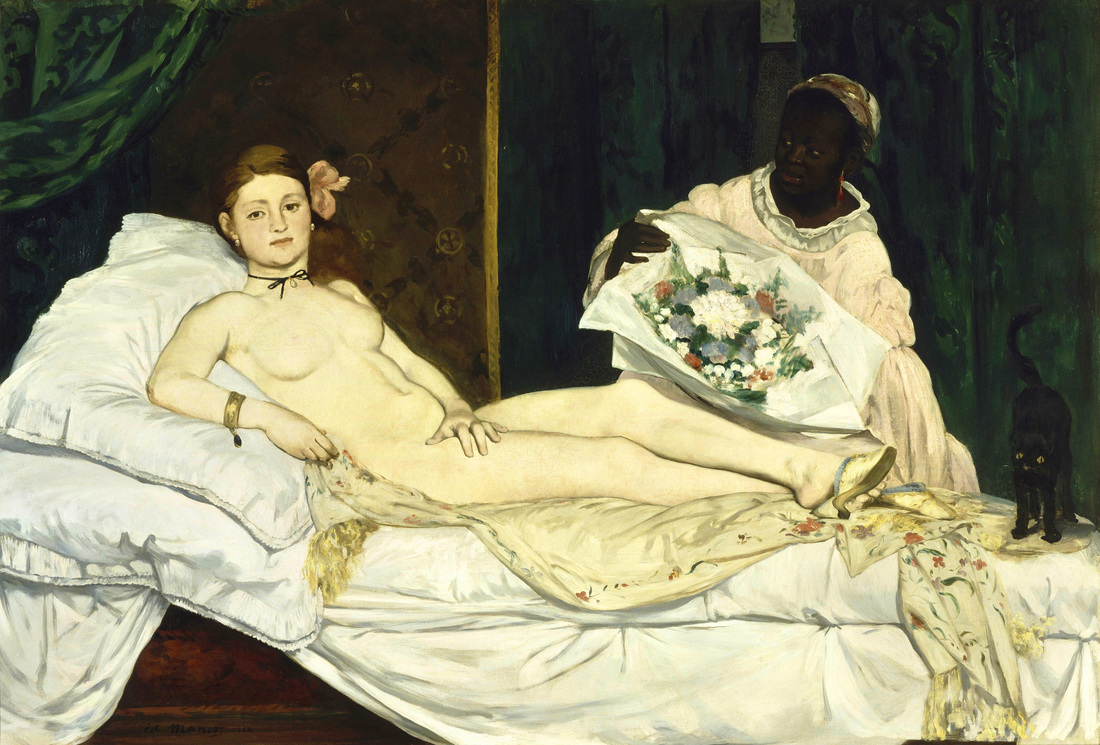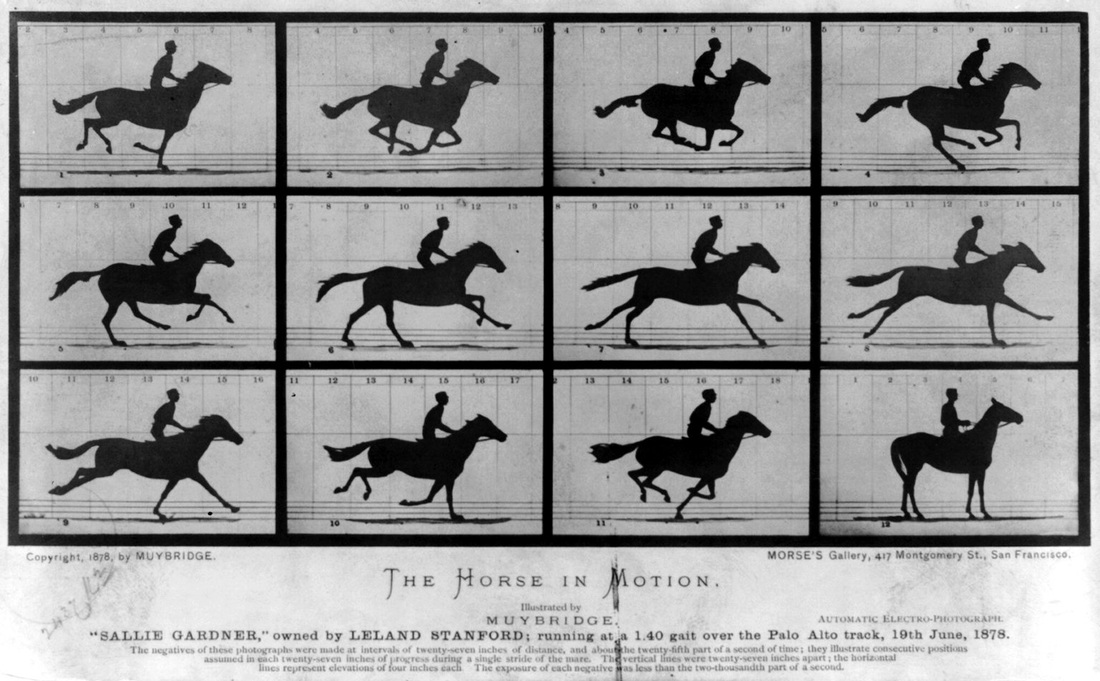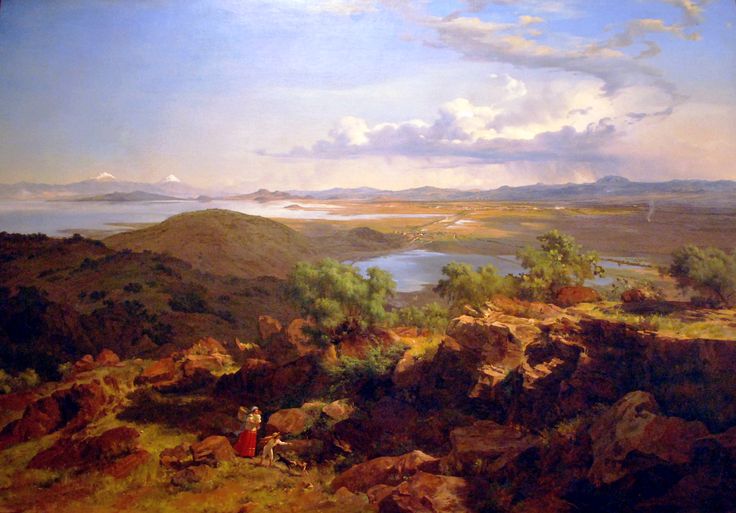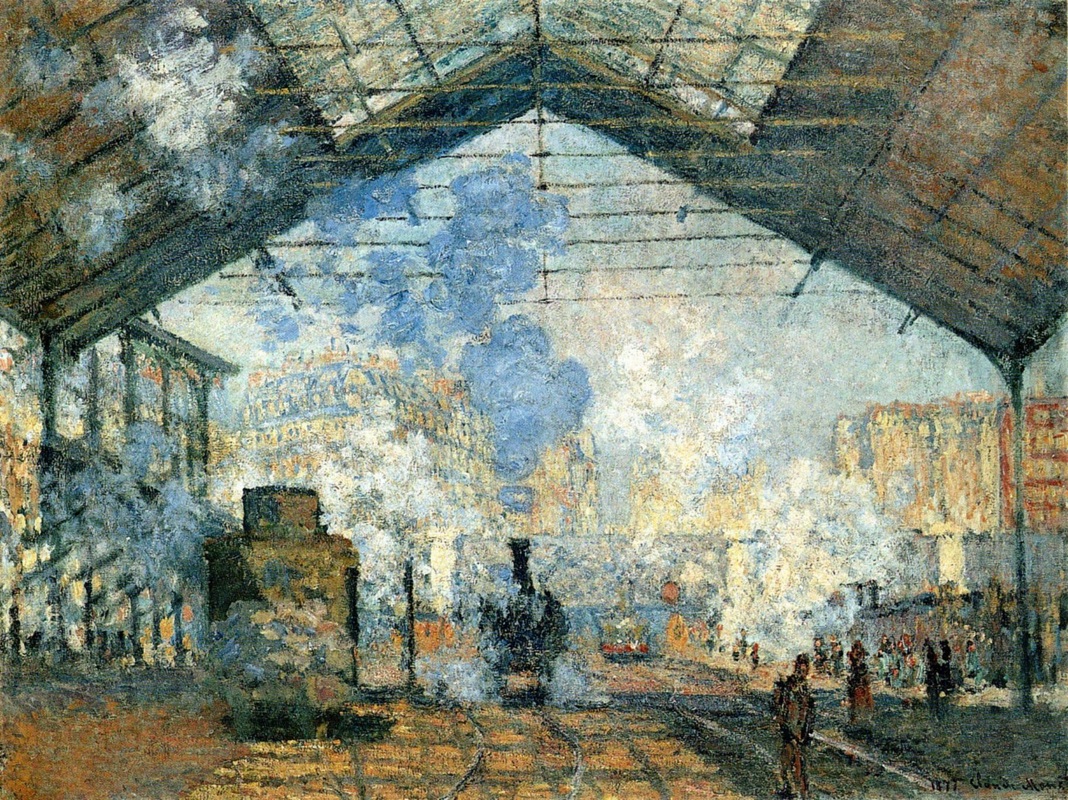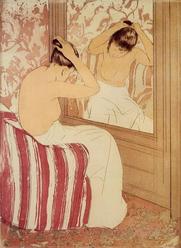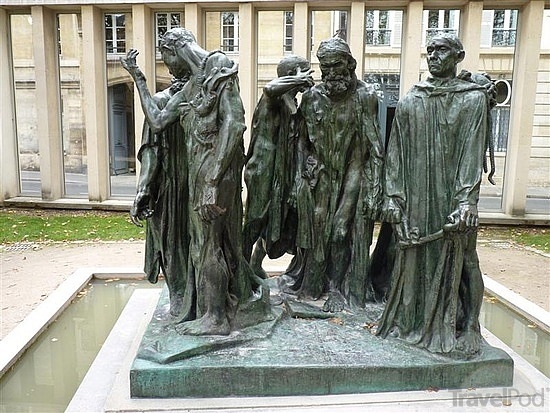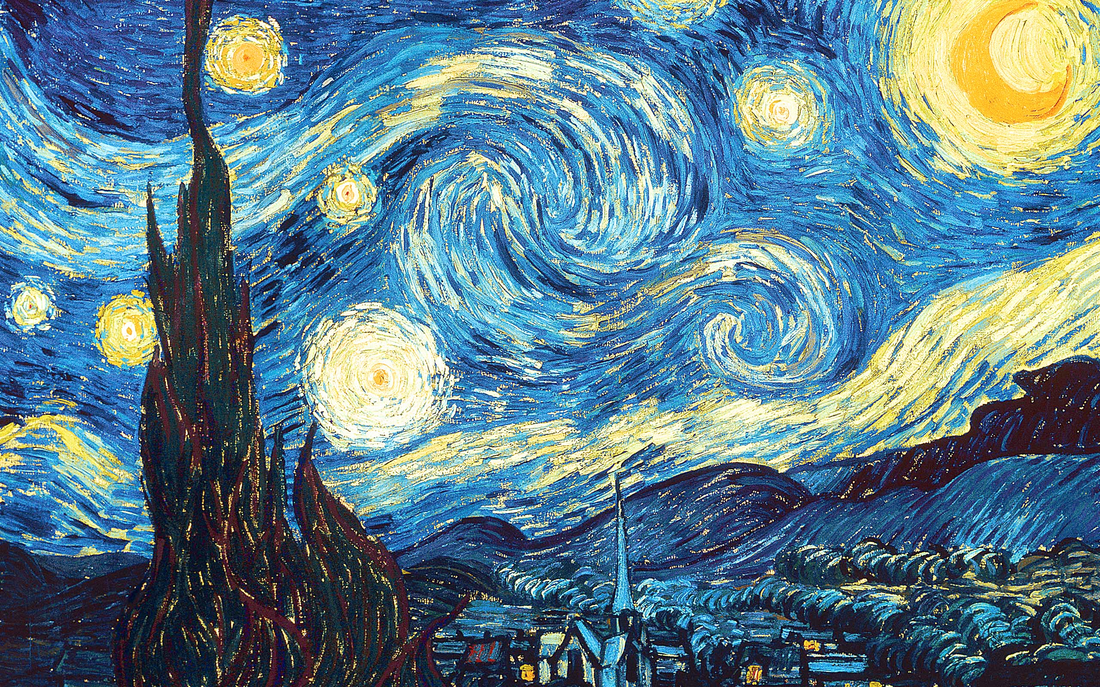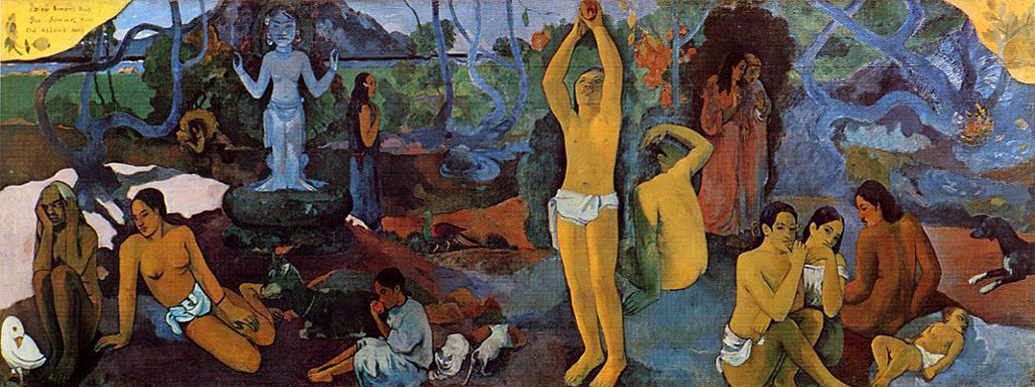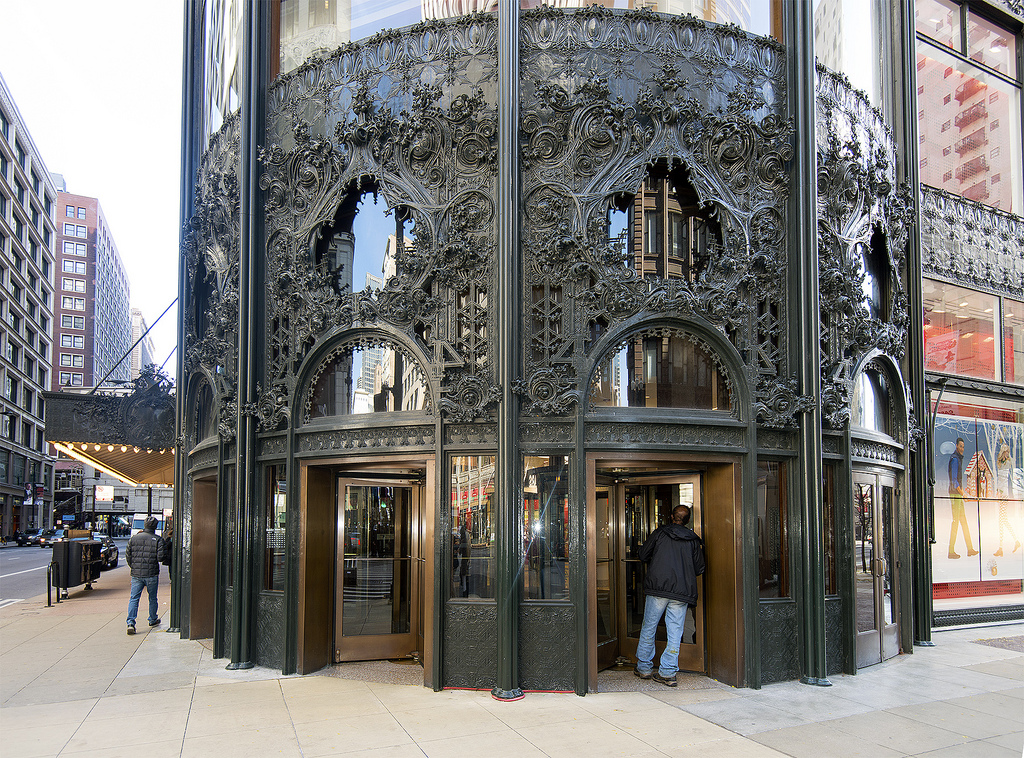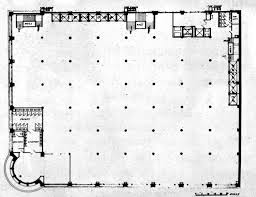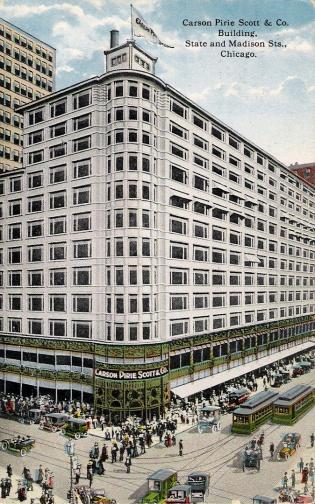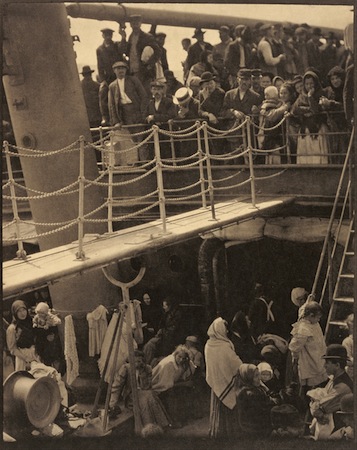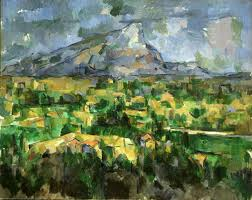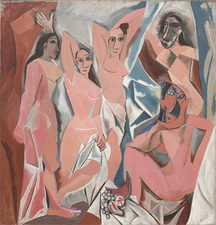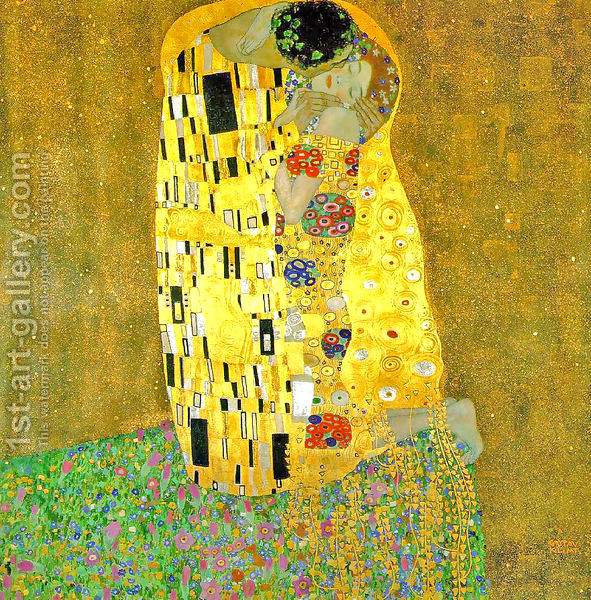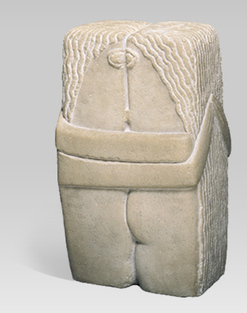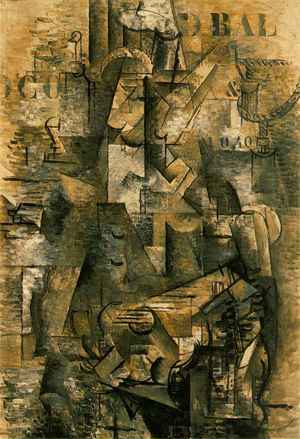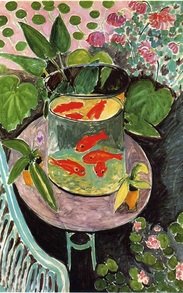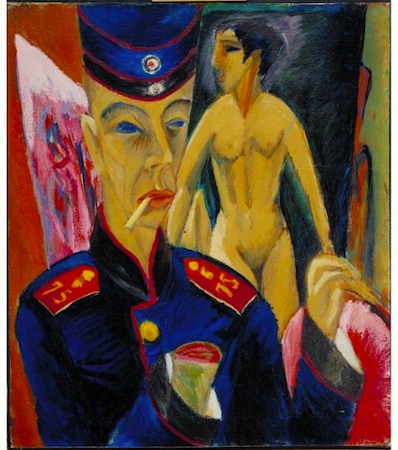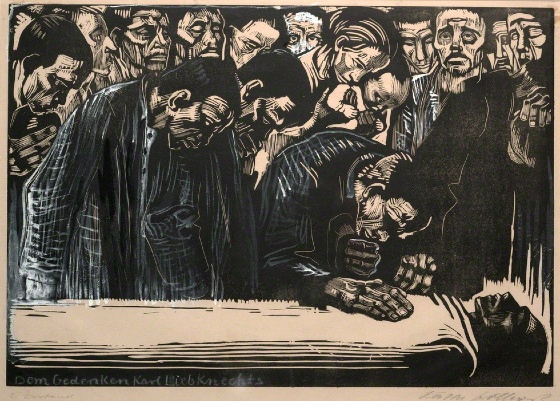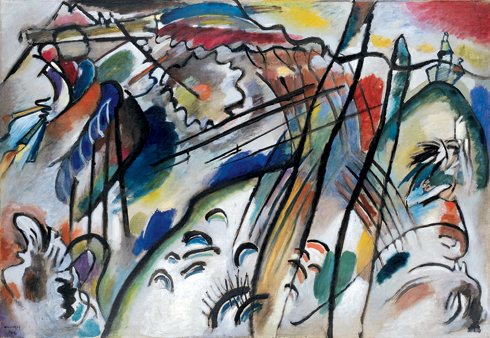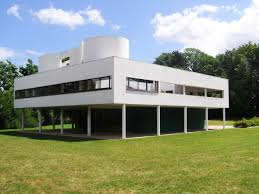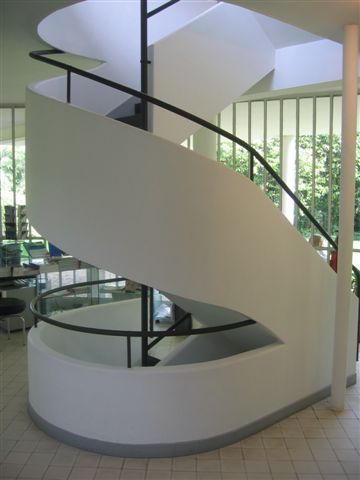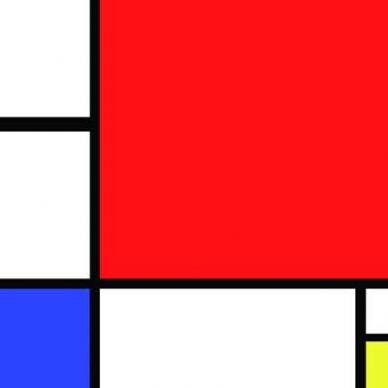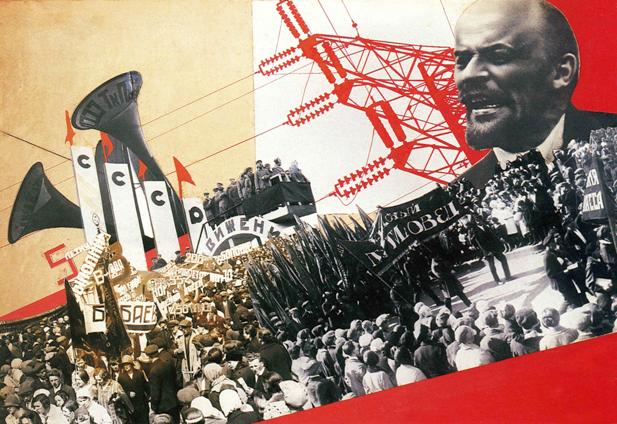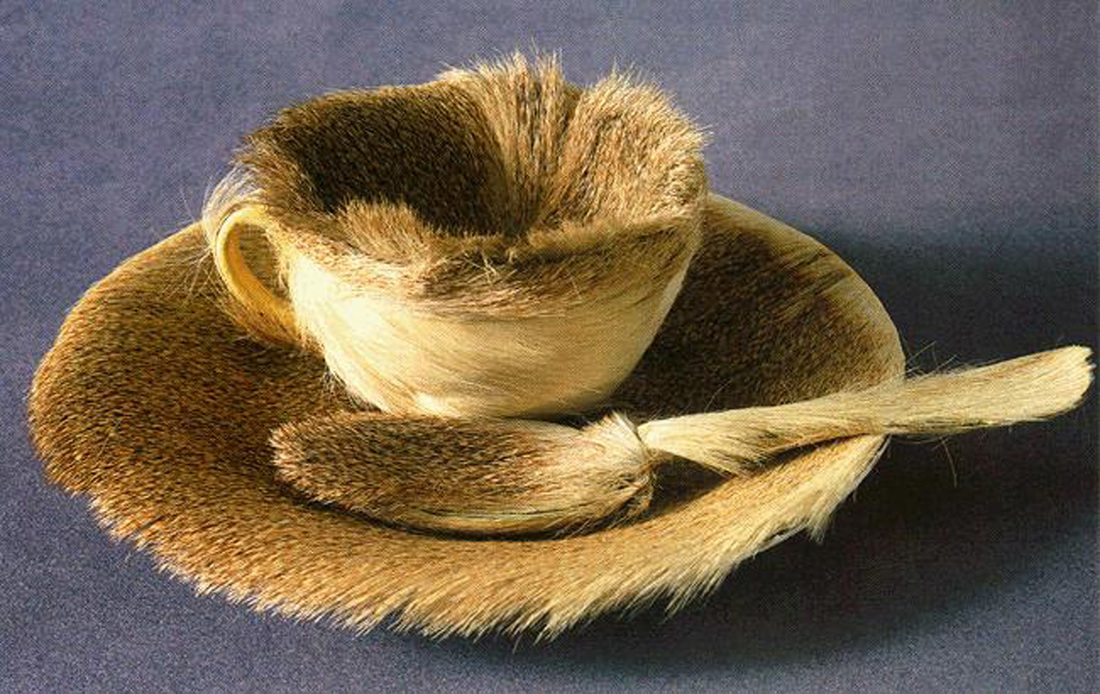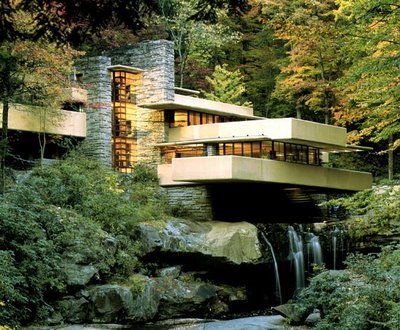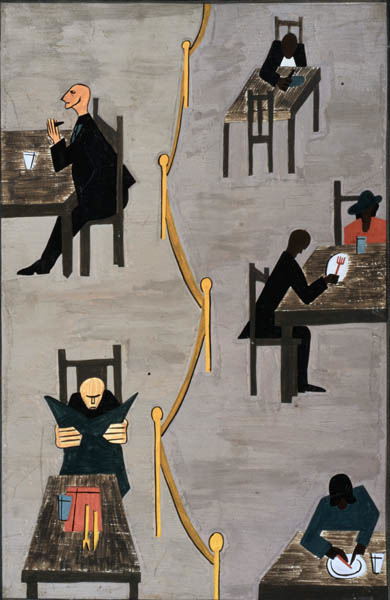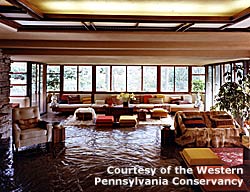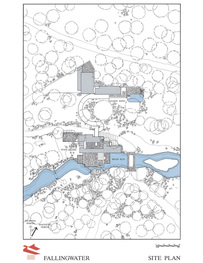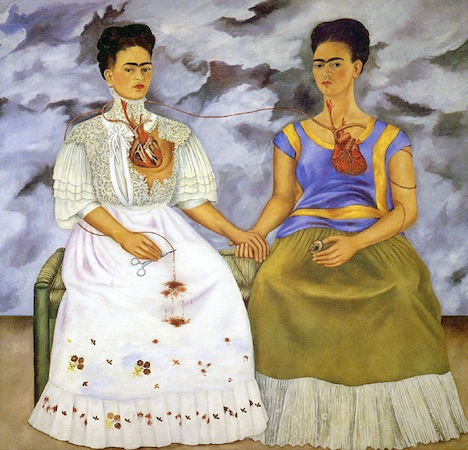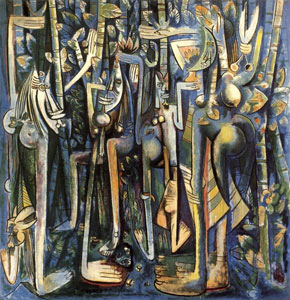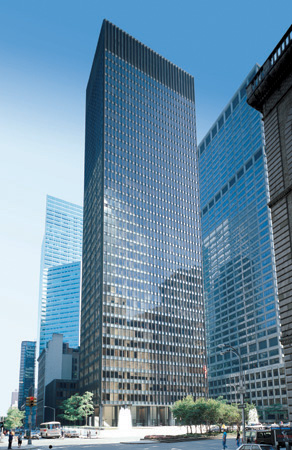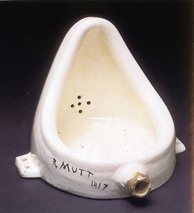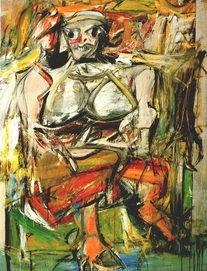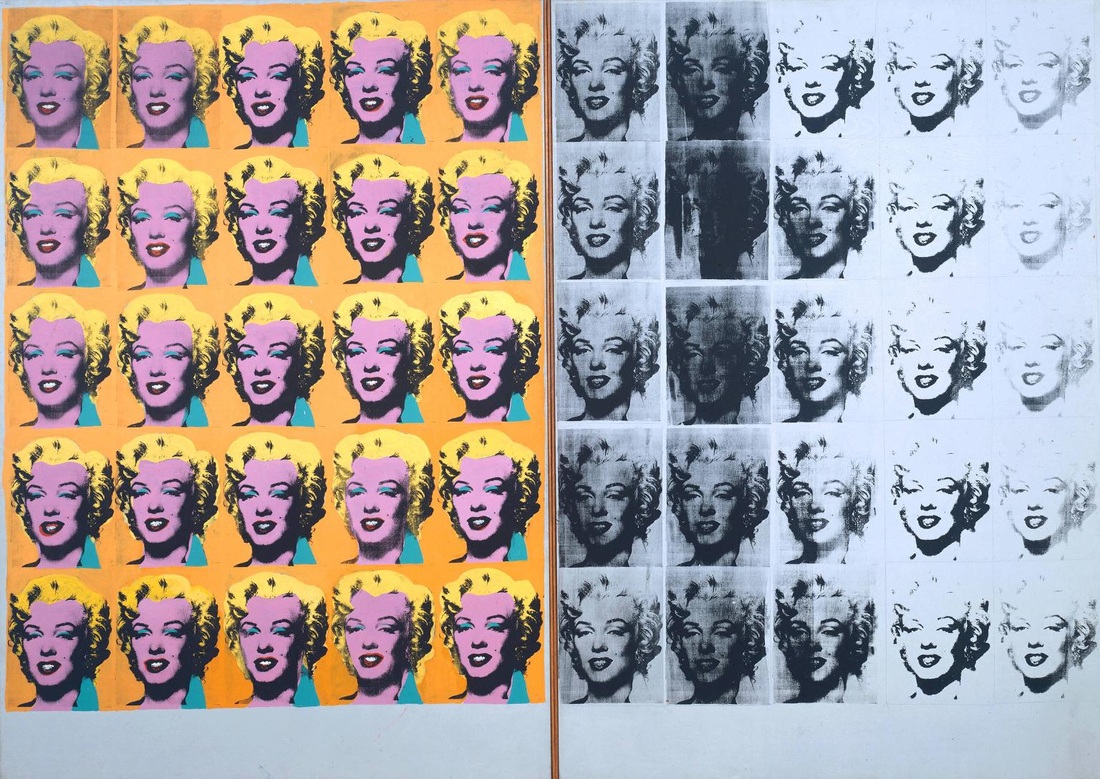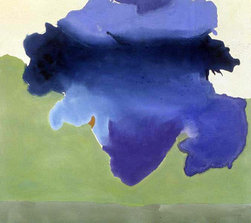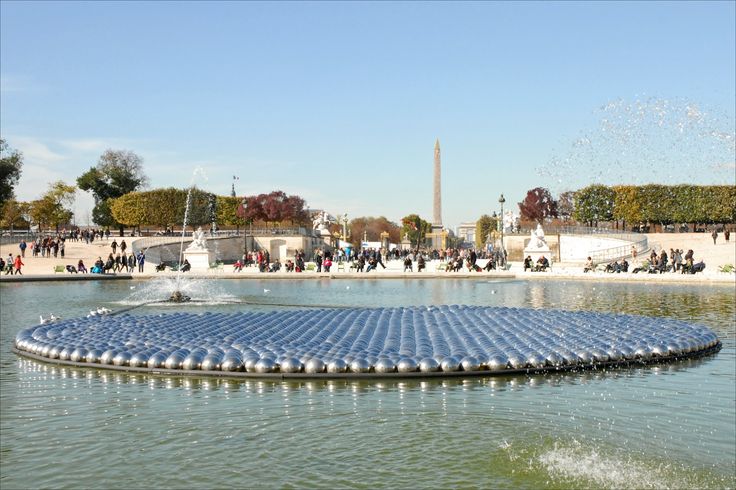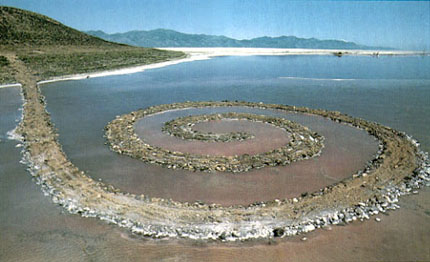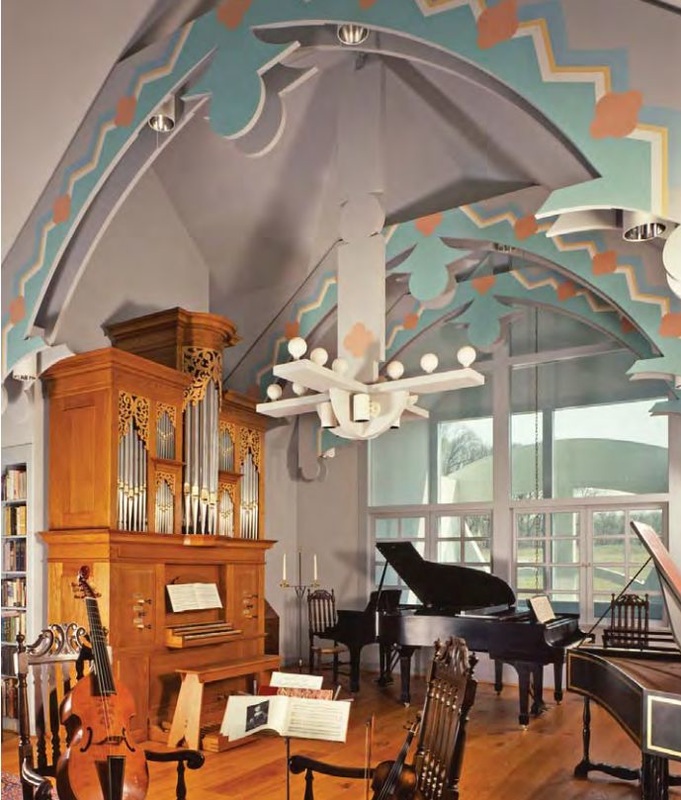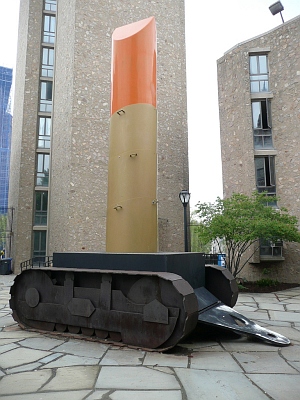Later Europe and colonial Americas 1750-1980ce
From the mid-1700s to 1980 C.E., Europe and the Americas experienced rapid change and innovation. Art existed in the context of dramatic events such as industrialization, urbanization, economic upheaval, migrations, and wars. Countries and governments were re-formed; women’s and civil rights’ movements catalyzed social change. Artists assumed new roles in society. Styles of art proliferated and often gave rise to artistic movements. Art and architecture exhibited a diversity of styles, forming an array of “isms.” Works of art took on new roles and functions in society and were experienced by audiences in new ways. Art of this era often proved challenging for audiences and patrons to immediately understand.
The Enlightenment set the stage for this era. Scientific inquiry and empirical evidence were promoted in order to reveal and understand the physical world. Belief in knowledge and progress led to revolutions and a new emphasis on human rights. Subsequently, Romanticism offered a critique of Enlightenment principles and industrialization. Philosophies of Marx and Darwin impacted worldviews, followed by the work of Freud and Einstein. Later, postmodern theory influenced art making and the study of art. In addition, artists were affected by exposure to diverse cultures, largely as a result of colonialism. The advent of mass production supplied artists with ready images, which they were quick to appropriate. (Khan Academy)
The Enlightenment set the stage for this era. Scientific inquiry and empirical evidence were promoted in order to reveal and understand the physical world. Belief in knowledge and progress led to revolutions and a new emphasis on human rights. Subsequently, Romanticism offered a critique of Enlightenment principles and industrialization. Philosophies of Marx and Darwin impacted worldviews, followed by the work of Freud and Einstein. Later, postmodern theory influenced art making and the study of art. In addition, artists were affected by exposure to diverse cultures, largely as a result of colonialism. The advent of mass production supplied artists with ready images, which they were quick to appropriate. (Khan Academy)
Here is a Word document with all of the images for Later Europe and Colonial Americas
| 8._later_europe_and_americas_images.docx | |
| File Size: | 8825 kb |
| File Type: | docx |
Here is the PowerPoint with the images I showed in class.
| 8my_ppt_for_teaching_later_europe_and_americas.pdf | |
| File Size: | 21607 kb |
| File Type: | |
Here is the grade sheet for the flash cards
| _grade_sheet_for_le_flashcards.xlsx | |
| File Size: | 13 kb |
| File Type: | xlsx |
Monticello. Charlottesville, Virginia. USA. Thomas Jefferson (architect). 1768-1809 C.E.; Brick, glass,stone, and wood.
|
Y no hai remedio (And There's Nothing to Be Done), from Los Desastres de la Guerra (The Disasters of War), plate 15. Francisco de Goya. 1810-1823 C.E. (published 1863). Etching, drypoint, burin, and burnishing.
|
La Grand Odalisque. Jean-Auguste-Dominique Ingres. 1814 C.E.; Oil on canvas.
|
Still Life in Studio. Louis-Jacques-Mande Daguerre. 1837 C.E.; Daguerreotype.
|
Carson, Pirie, Scott and Company Building. Chicago, Illinois, USA. Louis Sullivan (architect). 1899-1903 C.E.; Iron, steel, glass, and terra cotta.
|
Fallingwater. Pennsylvania, USA. Frank LLoyd Wright (architect). 1936-1939 C.E.; Reinforced concrete, sandstone, steel, and glass. [Above:Exterior situated over river]
|
Fallingwater. Interior with built-in, custom furniture.
The Migration of the Negro, Panel Number 49. Jacob Lawrence. 1940-1941 C.E.; Casein on hardboard.
|
Fallingwater. Site Plan.
|
|
Seagram Building. New York City, USA. Ludwig Mies van der Rohe and Philip Johnson (architect). 1954-1958 C.E.; Steel frame with glass curtain wall and bronze.
|
Fountain (second version). Marcel Duchamp. 1950 C.E. (original 1917). Readymade glazed sanitary china with black paint.
Woman I. Willem de Kooning. 1950-1952 C.E.; Oil on canvas.
|
|
Marilyn Diptych. Andy Warhol. 1962 C.E.; Oil, acrylic, and silkscreen enamel on canvas.
The Bay. Helen Frankenthaler. 1963 C.E.; Acrylic on canvas.
|
Narcissus Garden. Yayoi Kusama. Original installation and performance 1966 C.E.; Mirror balls.
Spiral Jetty. Great Salt Lake, Utah, USA. Robert Smithson. 1970 C.E.; Earthwork: mud, precipitated salt crystals, rocks, and water coil.
|
|
House in New Castle County. Delaware, USA. RObert Venturi, John Rauch, and Denise Scott Brown (architects). 1978-1983 C.E.; Wood frame and stucco.
Above: Exterior Below: Interior decorations |
Lipstick (Ascending) on Caterpillar Tracks. Claes Oldenburg. 1969-1974 C.E.; Cor-Ten steel, steel, aluminium, and cast resin; painted with polyurethane enamel.
|
